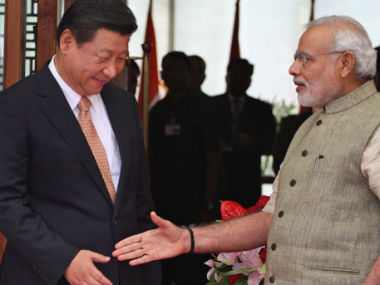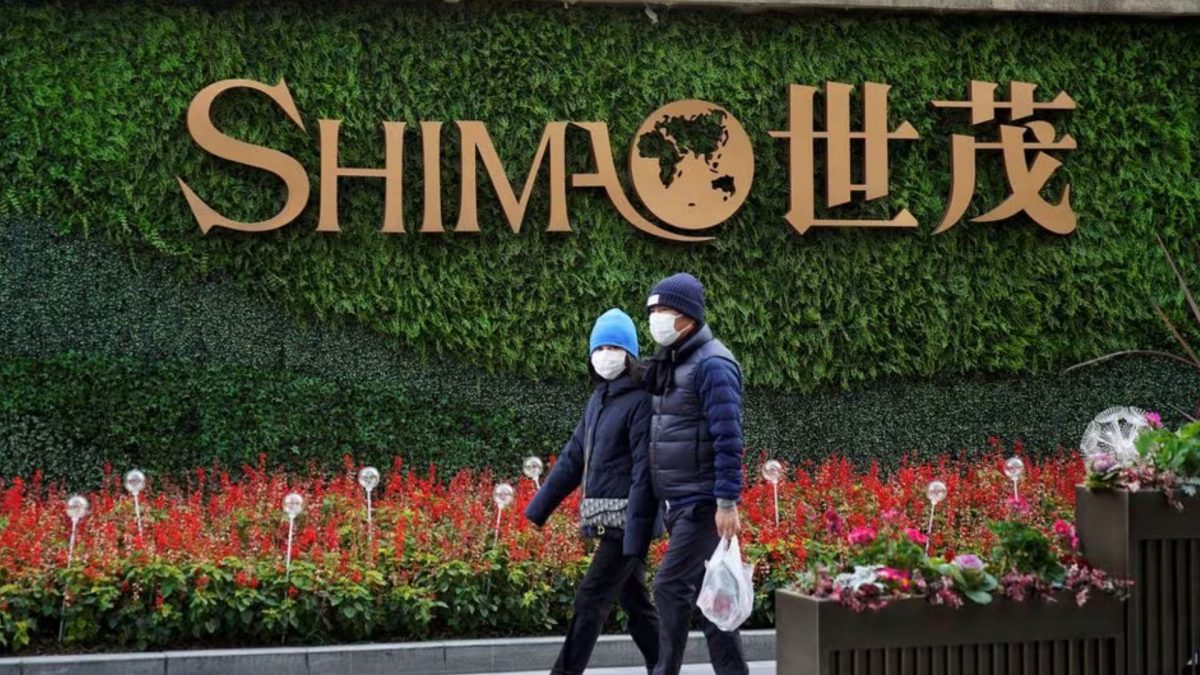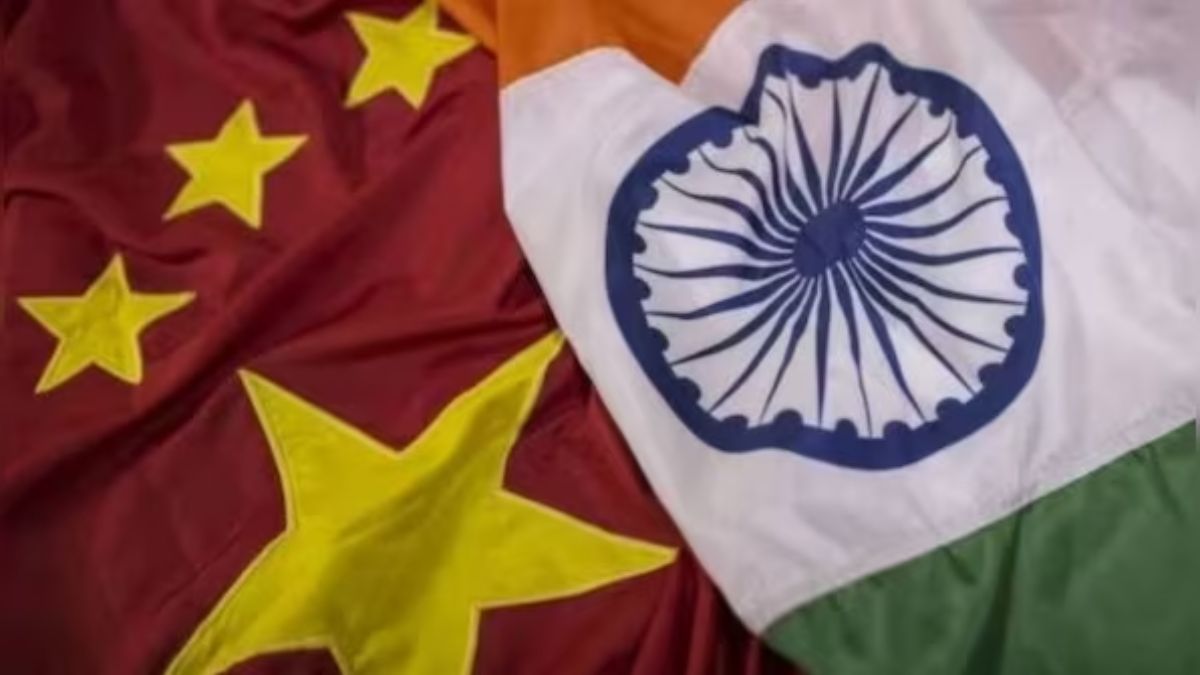Chinese President Xi Jinping’s interaction with Prime Minister Narendra Modi and his team has profound significance in more ways than one. This is the first public reception any top Chinese leader has got since Zhou Enlai visited India in 1954, during the peak of the bonhomie between the two nations. Skeptics might be tempted to recount how that publicly demonstrated bonhomie had ended in a betrayal in 1962.
However, it is equally valid to argue that 2014 is not 1962 when an insecure China under Mao had found itself getting increasingly ignored by its politically powerful communist ally, Soviet Union, whose Premier Nikita Krushchev had begun to open up a dialogue on arms control with the United States. And Mao was still struggling to build China’s atomic bomb then. Around the same time, the all powerful Krushchev was also promoting Nehru in a big way by getting him on various global platforms to deal with the incipient troubles in the Middle East. This must have made Mao feel more isolated. Many believe that China decided to puncture Nehru’s reputation partly as a signal to Krushchev with whom Mao was not getting along at all.
The larger point is today’s China is extremely successful and confident about its standing in the world order. There is really no need for China to prove a point to anyone in a negative way that Mao had needed to. If anything, China today is eager develop a deeper relationship with India precisely to limit the officially declared American policy of treating the Indo-Pacific as the main geo-political theatre in the 21st century. Given this backdrop, it is not surprising at all that President Xi Jinping said China was eager to resolve the disputed border issue with India at an “early date.”
The Chinese choose their words carefully. I don’t recall any Chinese head of state in recent times making such a precisely worded commitment to fast track the resolution of the border problem. The other commitment made by Xi Jinping was until the border question was fully resolved, the minor transgressions, even if they occur, will not be allowed to have any impact. Of course, the overall resolve to maintain tranquility and peace along the Indo-China border remains as the two sides seek to properly demarcate the border. It must also be noted that these borders have hardly had any casualties in the last ten years since the formal mechanism to discuss the demarcation of the boundary began in 2003. In sharp contrast, the human casualty in firing exchanges is quite high over 700) on the Indo-Pak borders over the same period.
One also gets the feeling that the border incursions by the Chinese soldiers during the Modi-Xi Jinping bonhomie session at Ahmedabad could have been aimed at signifying the urgency of fast tracking the resolution of the problem. In some medicinal systems you aggravate a problem somewhat to be able to attack it comprehensively. It appears the minor transgressions during the highly cordial exchange between the two leaders was possibly designed to produce a certain outcome. The overall objective being what the National Security Advisor(NSA) NK Doval had stated last week - to bring about an “orbital shift” in India-China relations.
Part of this orbital shift is also a commitment by China to invest in a big way in India’s infrastructure, industrial parks and smart cities which have been carefully identified. Of course there is disappointment that the Chinese signed up just one fifth of the $100 billion mentioned by their Consul General based in Mumbai. In any case, absorbing $100 billion in 5 years, or $20 billion a year, is no easy task.
Another structural problem in India-China economic interaction is that while trade between the two nations grew from less than $2.5 billion in 2001 to $ 73 billion in 2011, total investment by the two entities in each other has stagnated at less than $1.5 billion.
It is unimaginable that mutual foreign investment levels are so low when China is India’s largest trading partner. This disconnect between trade and investment is abnormal and needs to be addressed. It possibly reflects a lack of trust between the two governments and business communities. There could be a cultural gap in terms of business practices which also needs to be worked at. Also, India has been consciously blocking Chinese investments in telecom, ports, shipping etc on security grounds. These suspicions have to be minimised to promote robust two way investments.
China has agreed to address India’s long standing grouse that the Chinese authorities use non-tariff barriers to block India’s competitive exports of pharmaceutical and agriculture products. China takes years to clear entry of generic pharma products from a India. Out of 17 agriculture products India has sought to sell, only 3 are permitted by China now.
The agreements signed between Modi and Xi Jinping promise to unclog many of these areas. The Chinese banks have also promised to provide cheap finances to fund massive infrastructure projects. This is welcome because capital from the west could become more expensive and scarce in the future.
The Americans would view these agreements with a deep sense of envy. Competitive diplomacy would entail that India should sign similar deals with the Americans when Modi visits Washington in a few weeks. This is what strategic multi-alignment is all about. You belong to all, exclusively to none.
The author is Executive Editor at Amar Ujala publications group.


)




)
)
)
)
)
)
)
)